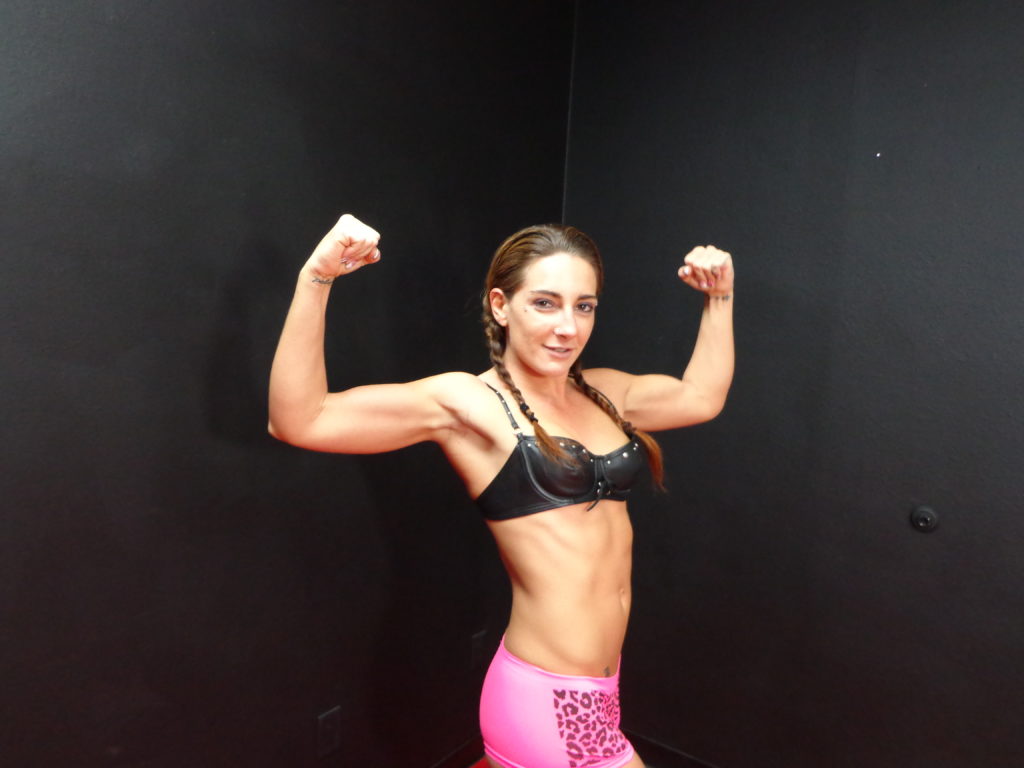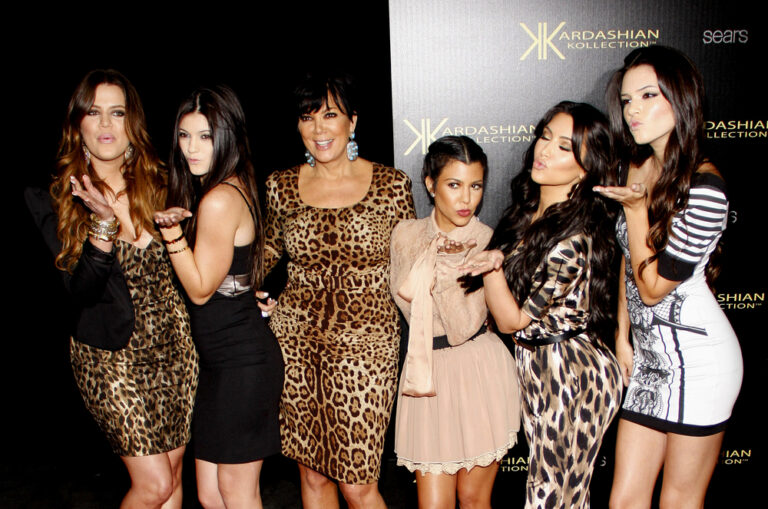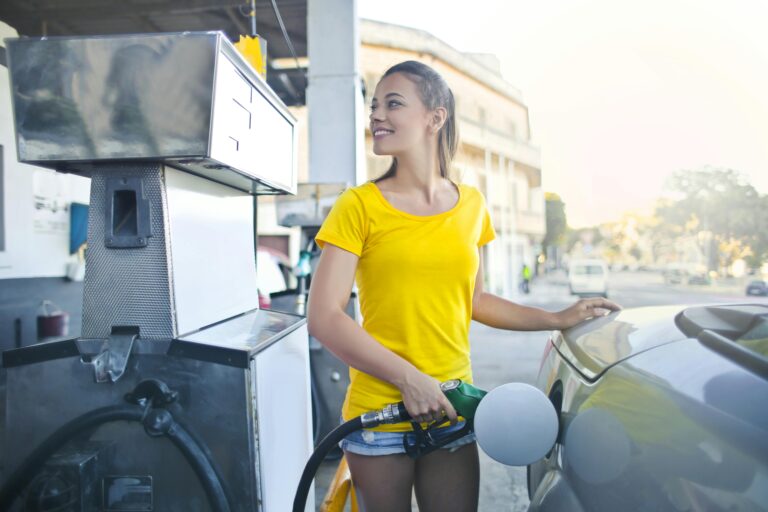
fciwomenswrestling.com article, femwrestle.com photo
She closes matches with nitro fusion. She’s relentless in victorious pursuit, no matter the resistance of her opponent.
The United Kingdom wrestler Mystique is a results oriented passion machine.

Where does she get her abundance of energy? Good question.
More important, if you are a female submission wrestler on the rise, besides your training, please always remember that your energy will propel you to have a resume loaded with more victories than loses.
What will help a female athlete build strong reserves?
According to the US National Library of Medicine, “Nutrition can help enhance athletic performance. An active lifestyle and exercise routine, along with eating well, is the best way to stay healthy.
Eating a good diet can help provide the energy you need to finish a race, or just enjoy a casual sport or activity. You are more likely to be tired and perform poorly during sports when you do not get enough:”
- Calories
- Carbohydrates
- Fluids
- Iron, vitamins, and other minerals
- Protein
Let’s have a discussion and receive some insight on nutrition and energy. It can make the difference between tiring in a tough match in front of a live audience or being like Mystique who actually seems to get stronger as the match progresses.
The Ten Best High Energy Foods
Many people skip breakfast believing that it’s a good way to lose weight. Then half way through the morning they begin to feel haggard and are ready to drop. They run for a quick fix of energy – a chocolate bar, soda, or even worse, one of the new energy drinks that are full of caffeine and sugar. And indeed, it gives them a jolt, but it is relatively short-lived. By lunch time they’re exhausted again, and ravenously hungry. No one wants a roller-coaster morning like this, and besides, it’s a sure way to overeat and gain weight. But it can be avoided by eating the right foods. These foods give you a steady stream of energy that will make you feel great throughout the day.
Glucose
The energy you need to get through the day comes from the conversion of the food you eat into glucose and the uptake of this glucose by the cells of your body. Food comes in three forms: carbohydrates, fat and protein. For the most part, our energy comes from carbohydrates (or at least it should). Unfortunately, carbohydrates have got a bad rap lately, and people have been told to avoid them as much as possible. The problem with this is that it applies to only one type of carbohydrate, and carbohydrates come in two varieties: complex and simple. Complex carbohydrates consist of long molecular chains that release their energy slowly to your body. Simple carbohydrates, on the other hand, consist of short molecules that release their energy quickly. Simple carbohydrates require little breakdown and their energy goes almost directly to the bloodstream, so they are fast-acting. As a result they should be avoided as much as possible.
If your body runs short on energy from carbohydrates, it does, indeed, turn to fat and protein. Both can be broken down into glucose, but the process is more complicated (compared to carbohydrates) and it produces several undesirable byproducts. Protein is not “clean burning” as carbohydrates are; they produce ammonia and urea as byproducts. The breakdown of fat to glucose is also very complicated. Furthermore, some types of fat are unhealthy. Nevertheless, both protein and fat are important in our body.
We will concentrate mostly on the breakdown of carbohydrates to glucose. And we’ll start with the speed at which it is turned into glucose and fed to your bloodstream. How it is sustained in your bloodstream, and how well it is taken up by your cells and converted to energy is also important, but we’ll leave that to later. A measure of how long it takes after we eat a certain food for its glucose to hit our bloodstream has been around for a several years; it’s called the glycemic index (GI). The higher this number, the quicker glucose is actuated. The scale is set up with glucose itself having a GI of 100; on this scale GI’s of over 70 are high, and under 55 they are low. This is helpful because we don’t want to eat foods that are converted to glucose very rapidly and used up quickly.
But there is a problem. GI only takes into account the carbohydrate in a food, and most foods have other things such as fiber, water, fat and so on in them. As a result, carrots (with only 7% carbohydrates in them) have a relatively high GI of 47, and watermelon (which is mostly water) has a GI of 72.
To get around this, another measure is now used: it is called the glycemic load (GL). It is obtained from GI using the formula: GL = GI/100 × carbohydrate content of food (minus fiber). The guidelines for this scale are: GL’s under 10 are low and desirable; GL’s over 20 are high.
The Best High Energy Foods
What we want are foods with a large amount of energy, with their energy distributed to the blood slowly over a long period of time, and we would like the GL to be under 10. Also, fiber slows the rate of burn, so we also want foods with considerable fiber in them.
Below are a list of the best high-energy foods based on the above. They are in an approximate order of effectiveness.
- Oats. This is one of the very best for energy. It will keep you going all morning if you eat it for breakfast. The two major types are oatmeal and oat bran. The GL for oatmeal is 13; the GL for oat bran is 3. They have plenty of fiber (particularly oat bran) to slow down the rate of burn, and you don’t have to worry about excess calories putting weight on you.
- Whole grains. Whole grains of any kind consist of three parts: the endosperm (starchy part) the bran and the germ. When it is refined the bran and germ is discarded, but these two parts contain 87% of the polyphenols and most of the overall nutrition. So it’s best to eat whole grains. They are high energy, and full of nutrients and fiber.
- Yogurt. Low fat yogurt has a GL of 10 and is highly nutritious. It contains several B vitamins, calcium, magnesium and potassium, and is a good source of protein. But of particular importance, it contains live cultures that are critical for a healthy colon.
- Nuts. Nuts such as almonds, walnuts and cashews are great because they can be eaten as a snack when you feel hungry. Eat them instead candy bars, potato chips, soda, or energy drinks. They have a low GL; cashews, for example, have GL of 3.
- Seeds. Another excellent energy food that can be eaten as a snack. The best are sunflower seeds, pumpkin seeds, and flax seeds (which should be ground).
- Fruit. Fruit is an excellent energy food. Some of the best are oranges, grapefruit, apples and bananas. They are both high in energy and fiber, and have low GL’s. An orange has GL of 5, and apple has 6, and a grapefruit has 3. Apples are particularly good when you start to get drowsy while driving.
- Blueberries. Most berries are good, but blueberries are particularly good because they are the best known source of antioxidants. They are also high in fiber, magnesium and vitamin K.
- Broccoli (spinach). These two are the most nutritionally-dense vegetables known and they have a GL of only 1. In addition they are effective cancer-fighters.
- Beans (all types). Beans are particularly helpful in keeping your blood sugar from rising too rapidly. They are also very high in fiber and have relatively low GL’s. The GL of baked beans is 6.
- Eggs. It might not seem that eggs would be a high-energy food, but they are. Furthermore, they are an excellent source of vitamins, minerals and other nutrients.
Several other foods such as fish, chicken and avocado are also good energy foods, but the list above should give you a good idea of what to eat when your energy lags. Finally, it’s important to remember water. Approximately 2/3 of your body is made up of water, and it is critical to how you feel.

ABOUT THE AUTHOR
Barry Parker is a professor emeritus (physics) at Idaho State University who now spends most of his time writing. He is the author of 26 books on science, health writing, and music, and he has written for the Smithsonian, Encyclopedia Britannica, Time-Life Books, the Washington Post, and numerous magazines such as Fly fisherman, Astronomy Magazine, and Sky and Telescope. One of his books is “You Should Write a Book: Writing it With Style and Clarity, Publishing Beautiful Pages, Selling Thousands of Copies,” It is based on a course he taught at ISU for several years, and is available through his website http://www.BarryParkerbooks.com. He is also the author of “Feel Great Feel Alive” which is on health, fitness and self-improvement, and he is CEO of Stardust Press. While at ISU he did research on the DNA molecule and on Einstein’s Theory of Relativity. His latest book is “Learn from Yesterday, Live for Today, Hope for Tomorrow.”
~ ~ ~
OPENING PHOTO CREDIT http://wrestling-movies.com/catalog/vendor/Amethyst_vs_Lillith.html
Sources: brainyquote.com, Wikipedia, fciwomenswrestling2.com, FCI Elite Competitor, photos thank you Wikimedia Commons.
Article Source: http://EzineArticles.com/expert/Barry_R_Parker/215203
Article Source: http://EzineArticles.com/8762858



